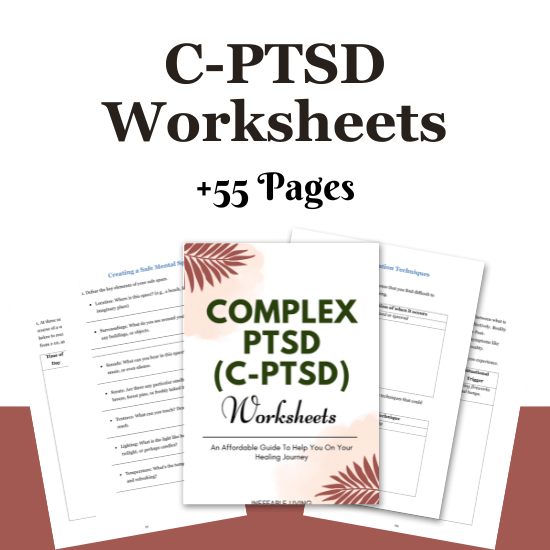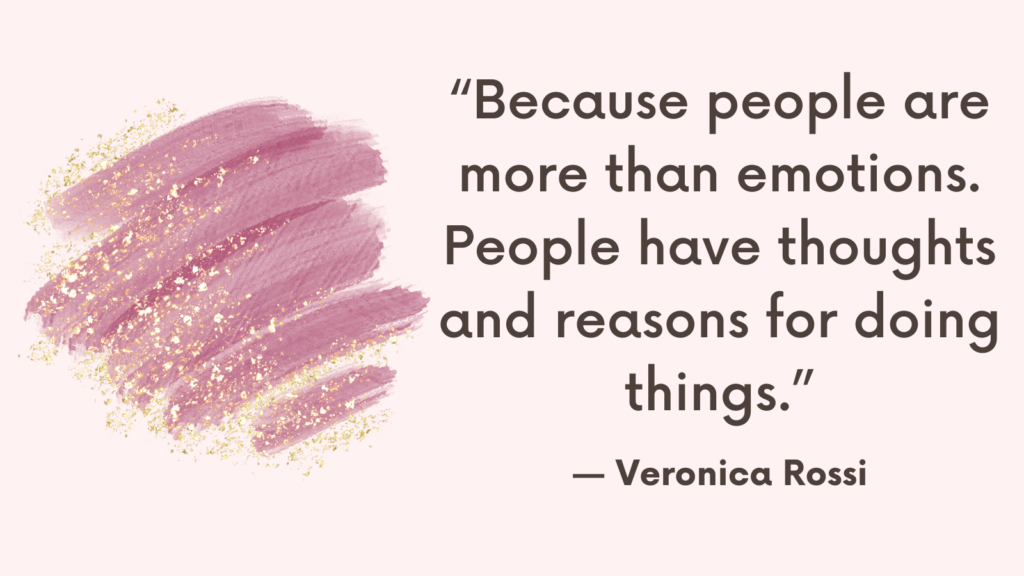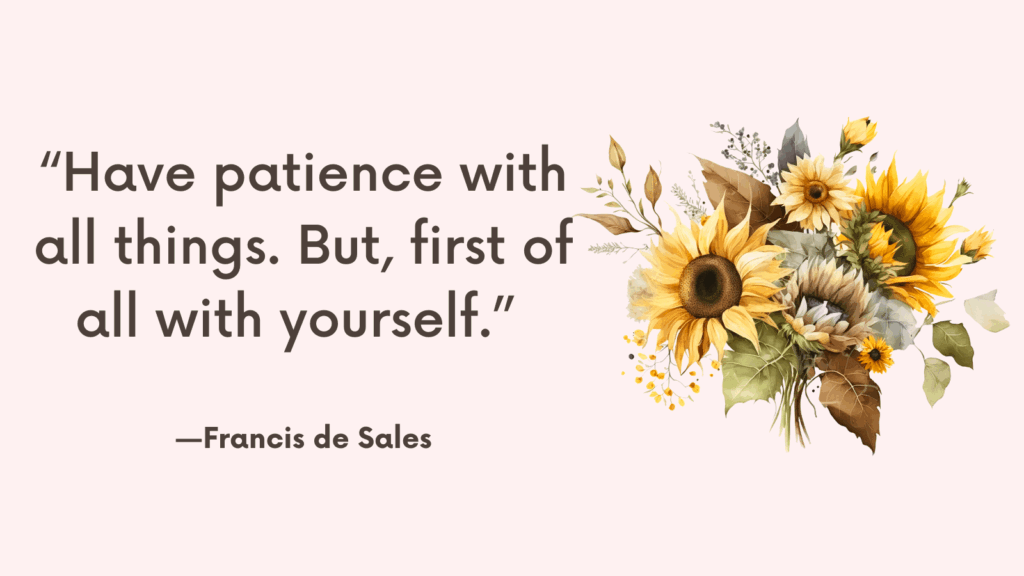Do you tend to avoid thinking about difficult emotions or memories?
Have you heard that it’s unhealthy to just suppress all the hard things?
In this blog post, we will explore a helpful strategy to gradually and deliberately work on distressing memories and emotions: the Container Method.
This technique, commonly used by trauma therapists, can be a valuable tool for anyone struggling to process trauma.
Understanding the Challenge
It’s not uncommon for people to avoid addressing their traumatic experiences.
Many try to cope by avoiding or never discussing their painful past.
This avoidance is often a protective mechanism that helps them function in daily life but doesn’t contribute to healing.
hen people try to confront their trauma all at once, they can become overwhelmed, leading to a cycle of avoidance and emotional distress.
Introducing the Container Method
The Container Method is a psychotherapeutic strategy designed to help individuals process difficult memories and emotions gradually.
This method involves creating a mental or physical “container” to store distressing thoughts until the individual is ready to address them in a healthy and controlled manner.
The goal of the Container Method is not to avoid feelings but to create a temporary placeholder for difficult memories and emotions.
This approach allows individuals to access and process these feelings when they are ready.
It’s similar to using crutches for a broken leg – the crutches provide support until the leg heals enough to bear weight again.
Related: How To Expand Window Of Tolerance? (+FREE Window of Tolerance PDF)
Practical Steps to Create Your Container
1. Visualize a Safe, Secure Container
Create a mental image of a safe place, such as a locked filing cabinet, a chest with a padlock, a bank vault, or a castle keep.
2. Identify Traumatic Memories as Items
Imagine your traumatic memories as concrete items, like letters, or as abstract entities, like a swirling mist.
3. Store the Memories
Visualize placing these items into your container and securing it. Remember, you hold the key and control when to open or close the container.
4. Physical Representation
For some, a physical representation of the container exercise can be helpful.
This might involve drawing a memory, writing it on a note, and placing it in a physical container like a file folder or a locked box.
Related: How to Build an Internal Sense of Safety for Trauma and Anxiety?
Using the Container Method in Real Life
This method can be particularly useful in situations where triggers occur unexpectedly, such as encountering someone who has caused harm or experiencing a PTSD response to loud noises.
The container holds these triggers temporarily until you are in a safe space to process them.
Processing trauma should be done slowly, using additional tools like grounding skills, nervous system regulation, journaling, and therapy.
Building resilience through positive coping strategies, such as exercise, talking with a friend, or engaging in relaxing hobbies, can support the healing process.
Related: Best 15 Inner Child Exercises: How To Connect With Your Inner Child (& Heal Your Childhood Wounds)

Conclusion
The Container Method is a valuable short-term strategy that can help individuals manage overwhelming emotions until they can be processed more thoroughly.
It’s essential to use this method in conjunction with other therapeutic strategies and support systems.
By incorporating the Container Method into your routine, you can take a significant step towards healing and managing intense emotions.
Remember, while this technique can be done independently, accessing a trained therapist can provide additional support and guidance on your journey to recovery.



